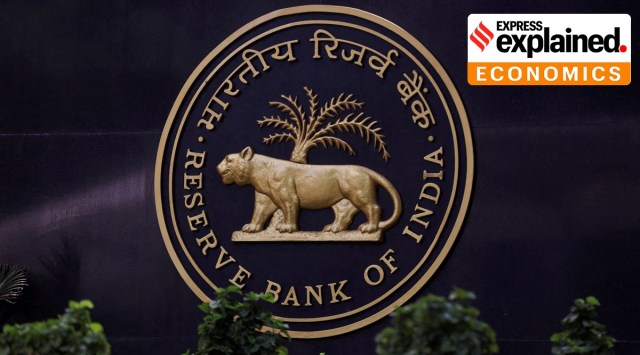Why the RBI has directed lenders not to levy penal interest on borrowers
Penal charges are additional charges a lender levies on a borrower in case of non-compliance with the payment schedule. RBI has told lenders that no further interest can be computed on such charges.
 The RBI has directed lenders not to charge penal interest in case of non-compliance, in a move that will benefit consumers across the board. (Photo: REUTERS/Francis Mascarenhas/File Photo)
The RBI has directed lenders not to charge penal interest in case of non-compliance, in a move that will benefit consumers across the board. (Photo: REUTERS/Francis Mascarenhas/File Photo) The Reserve Bank of India (RBI) Friday (August 18) directed lenders to levy penalty for default by borrowers as ‘penal charges’ and not as ‘penal interest’ which is added to the rate of interest charged on the advances.
The quantum of penal charges should be “reasonable” and “commensurate with the non-compliance of loan contract” without being discriminatory within a particular loan/ product category, the RBI said in its guidelines on Penal Charges in Loan Accounts under the Fair Lending Practice.
The trigger
The norms were released after the RBI found that many regulated entities (REs) — lending institutions regulated by the central bank — were levying penal rates of interest, over and above the applicable interest rates, in case of defaults or non-compliance by the borrower with the terms on which credit facilities were sanctioned.
A penal charge is an additional charge a lender levies on a borrower in case of delay in payment of equated monthly installments (EMI) or default or non-compliance of payment contracts.
“There shall be no capitalisation of penal charges i.e., no further interest computed on such charges. However, this will not affect the normal procedures for compounding of interest in the loan account,” the central bank said.
The new guidelines are applicable to banks, including small finance banks, regional rural banks, but excluding payments banks, non-banking financial companies (NBFCs), housing finance companies, primary urban co-operative banks and All India Financial Institutions such as Exim Bank, Nabard, SIDBI and NaBFID.
The REs should not introduce any additional component to the rate of interest and ensure compliance to these guidelines in both letter and spirit, the RBI said. Lenders will have to formulate a board approved policy on penal charges or similar charges on loans, the RBI said.
Consumer impact
The penal charges in case of loans sanctioned to individual borrowers, for purposes other than business, cannot be higher than the penal charges applicable to non-individual borrowers for similar non-compliance of loan contracts, according to the guidelines.
REs will have to disclose the quantum and reason for penal charges clearly to the customers in the loan agreement and most important terms and conditions/Key Fact Statement (KFS). These will also be displayed on the website of REs under interest rates and service charges section.
Whenever reminders for non-compliance of loan contracts are sent to borrowers, the applicable penal charges will have to be communicated, the RBI said, adding that any instance of levy of penal charges and the reason therefore will also be communicated.
The RBI said the new instructions will come into effect from January 1, 2024, and the REs need to carry out appropriate revisions in their policy framework and ensure implementation of the instructions in respect of all the fresh loans availed/ renewed from the effective date.
“In the case of existing loans, the switchover to new penal charges regime shall be ensured on next review or renewal date or six months from the effective date of this circular, whichever is earlier,” the RBI said.
Exemptions
The regulator said these instructions will not apply to credit cards, external commercial borrowings, trade credits and structured obligations which are covered under product specific directions.
- 01
- 02
- 03
- 04
- 05






































